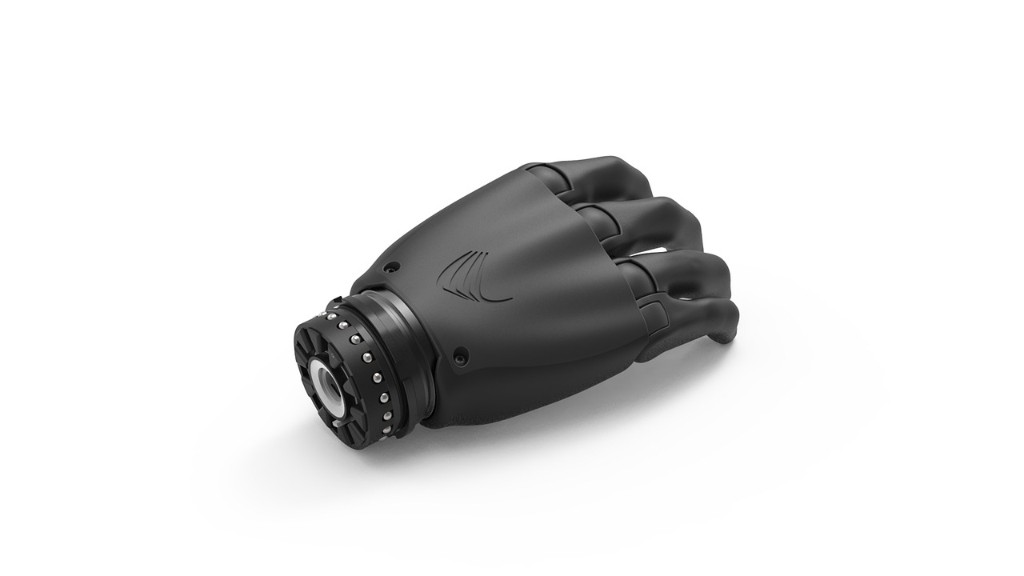How Do Animal Prosthetics Function
The Introduction
Animal prosthetics have revolutionized the way we approach disabilities and injuries in the animal kingdom. Just like humans, animals can suffer from physical impairments that hinder their ability to live a normal and fulfilling life. Thanks to advances in technology, animal prosthetics have emerged as a solution to restore mobility and functionality to our furry friends.
In this article, we will explore how animal prosthetics function, considering both the positive and negative implications. By understanding the intricacies of these devices, we can better appreciate the impact they have on improving animal welfare and shaping the future of veterinary medicine.
The Main Body
1. Functionality and Design
Animal prosthetics are designed to compensate for the loss or impairment of a body part by mimicking its function. The primary goal is to restore mobility and enhance the overall quality of life for animals. Prosthetics can be customized to fit different species, taking into account their unique anatomical features and specific needs.
For instance, dogs who have lost a limb can be fitted with a prosthetic limb that has a customized footpad for better traction and stability. This design not only allows for greater mobility but also helps to prevent long-term complications such as joint strain.
Furthermore, advancements in 3D printing technology have made it possible to create prosthetics that are lightweight, durable, and affordable. With materials such as titanium and carbon fiber, these devices can withstand the rigors of an animal’s active lifestyle.
2. Rehabilitation and Adaptation
The success of animal prosthetics relies not only on the functionality of the device but also on the animal’s ability to adapt to it. Animal rehabilitation plays a crucial role in helping animals adjust to their new prosthetic limbs and regain their natural abilities.
Physical therapy and rehabilitation programs can help animals strengthen their muscles, improve balance, and learn to walk or run with their prosthetic limbs. While the adaptation process may be challenging at first, with proper training and guidance, animals can often regain an impressive level of mobility and independence.
Take the case of Beauty, a bald eagle found with a severely damaged beak. Thanks to a prosthetic beak, Beauty was able to eat, preen, and even mate again. This real-life example demonstrates the transformative power of animal prosthetics, allowing animals to regain their natural behaviors.
3. Ethical Considerations
While animal prosthetics offer tremendous benefits, ethical considerations must be taken into account. Some argue that providing animals with prosthetic limbs may compromise their natural physical and psychological well-being.
Opponents argue that prosthetics may hinder natural behaviors and force animals to adapt to an unnatural lifestyle. For instance, an orangutan fitted with a prosthetic arm may struggle to climb trees, a behavior essential for their survival in the wild.
To address these concerns, it is important to strike a balance between improving an animal’s quality of life and ensuring their welfare. It is crucial to evaluate each case individually and consider the specific needs of the animal, as well as their natural habitat and behaviors.
4. Future Advancements and Research
As the field of animal prosthetics continues to evolve, ongoing research and advancements are paving the way for even more innovative solutions. For instance, researchers are exploring the use of neural interfaces to connect prosthetic limbs directly to an animal’s nervous system, allowing for more intuitive control and an increased range of motion.
This technology, known as neuroprosthetics, has the potential to revolutionize the field and provide animals with a more seamless and natural integration of their prosthetic limbs. Furthermore, advancements in regenerative medicine hold promise for growing custom-made organs and tissues, eliminating the need for traditional prosthetics.
The Call to Action
Animal prosthetics are undoubtedly transforming the lives of countless animals, allowing them to overcome physical limitations and enjoy a better quality of life. As society continues to prioritize animal welfare, it is crucial to support further research and advancements in this field.
By investing in the development of better prosthetic technologies, we can ensure that animals in need receive appropriate and effective solutions. Additionally, public awareness and education about the benefits and limitations of animal prosthetics can foster compassion and understanding towards animals with disabilities.
It’s time to continue pushing the boundaries of scientific innovation and work towards a future where no animal is limited by their physical impairments.




